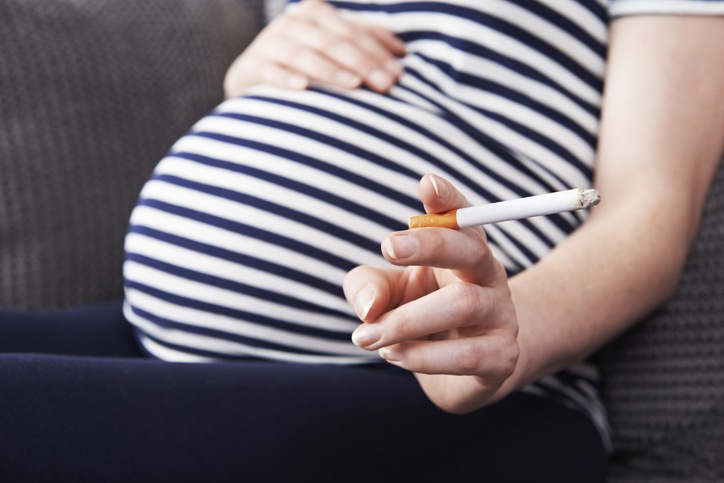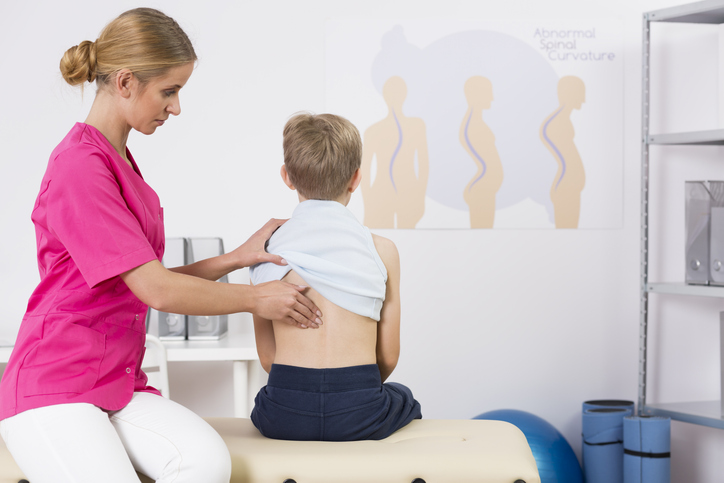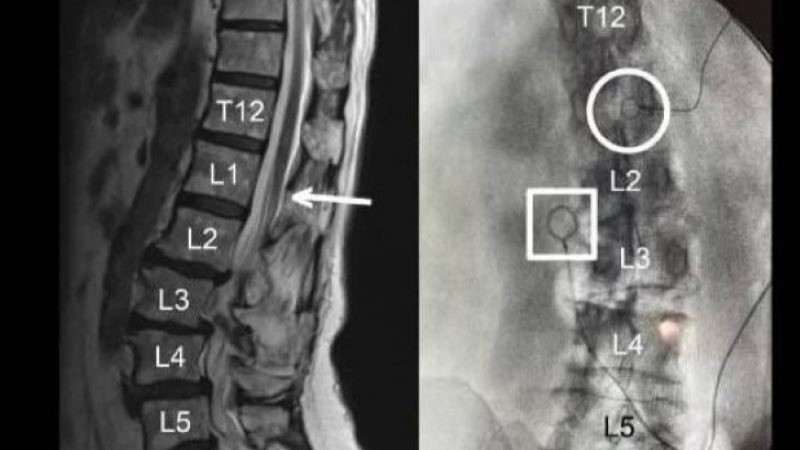
A new study assessed the effect of maternal smoking on offspring during different stages of life. The researchers concluded that children born to mothers who smoked during pregnancy had a greater fracture risk during the first year of life.
“Maternal smoking during pregnancy is causally associated with fetal growth restriction and has consistently been associated with lower birth weight by about 150-200 g,” the researchers wrote. “Along with an overall reduction in birth weight, fetal skeletal growth seems to be particularly susceptible to the effects of maternal smoking. It has been hypothesised that smoking during pregnancy compromises accrual of fetal bone mass by decreasing intestinal calcium absorption and the supply of oxygen and nutrients to the developing fetus.”
Between 1983 and 2000, 1,680,307 people born in Sweden were eligible for study inclusion to either women who did (n=377,367) or did not (n=1,302,940) smoke. Participants were followed through Dec. 31, 2014, for fracture incidence up until age 32. Data collection on participants included birth year, sex, gestational age, and birth weight. Data collection on index pregnancies included maternal age at birth, parity, height, and body mass index (BMI) at the first antenatal visit.
Maternal Smoking Increases Fracture Risk At Certain Ages
Offspring were followed to a median age of 21.1 years, during which time 377,970 fractures were recorded (11.8 per 1,000 person years). The correlation between maternal smoking and fracture was dependent on attained age: in the entire cohort, maternal smoking increased fracture risk in offspring before age one year (fracture rates per exposed vs. unexposed to maternal smoking: 1.59 vs. 1.28 per 1,000 person years). When adjusting for confounding factors, the hazard ratio for smoking during pregnancy versus non-smoking was 1.27 (95% confidence interval, 1.12–1.45).
“This association followed a dose dependent pattern (compared with no smoking, hazard ratios for 1-9 cigarettes/day and ≥10 cigarettes/day were 1.20 (95% confidence interval 1.03 to 1.39) and 1.41 (1.18 to 1.69), respectively) and persisted in within-sibship comparisons although with wider confidence intervals (compared with no smoking, 1.58 (1.01 to 2.46)),” the researchers further observed.
In whole cohort analyses, a correlation was also observed between maternal smoking and an increased risk for fracture incidence in offspring between ages five and 32 years, but no dose-dependent gradient was observed. None of the analyses presented a correlation between maternal smoking and offspring fracture risk between ages one and five years.
The study was published in The BMJ.
The researchers wrote in their conclusion, “The results of this study indicate that maternal smoking during pregnancy is associated with an increased risk of fractures before 1 year of age. Prenatal exposure to cigarette smoke, however, does not seem to have a longer lasting biological influence on risk of fracture later in childhood and up to early adulthood.”







 © 2025 Mashup Media, LLC, a Formedics Property. All Rights Reserved.
© 2025 Mashup Media, LLC, a Formedics Property. All Rights Reserved.